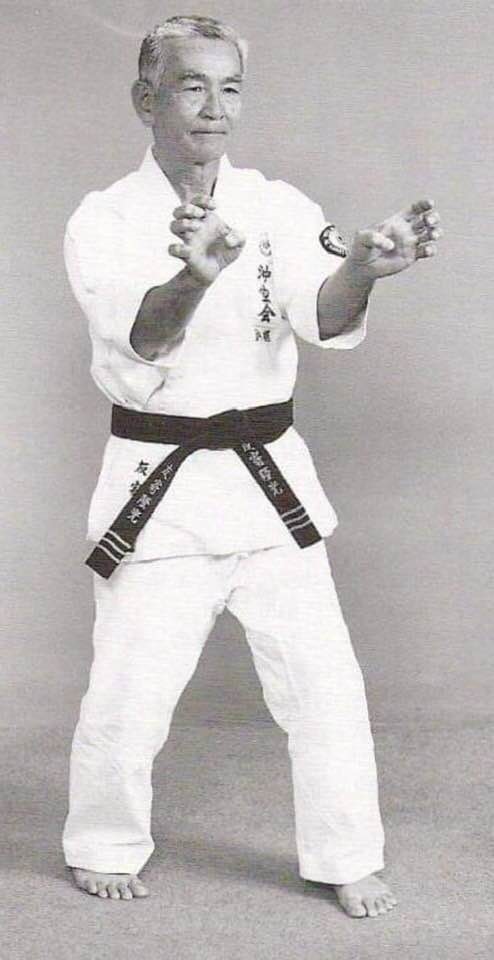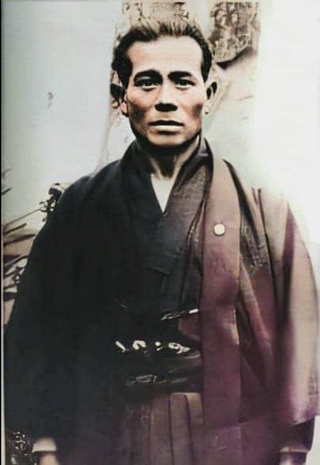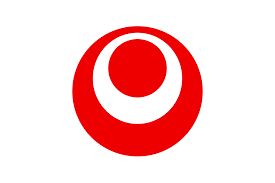Uechi Ryu Karate
The Classical Chinese Okinawan Art of Unarmed Self Defense
What Is Uechi-Ryu?

Uechi-Ryu Karate is one of the three main karate systems in Okinawa, Japan (Goju Ryu and Shorin Ryu being the other two) named after its founder Uechi Kanbun (上地完文). Uechi-Ryu was founded in the mid-1900s and has elements of Chinese Kempo and Okinawan karate.
Uechi-Ryu Karate uses both soft and hard fighting skills which require the practitioners to forge their mind, spirit, and body. It specializes in self-defense, close combat and body conditioning. Uechi-Ryu kata, kumite and kihon are aimed towards protecting one’s self during close self-defense encounters. Body hardening and conditioning are also emphasized toughing the body, mentality and spirit needed in a civilian combat scenario.
Uechi-Ryu Karate style is characterized by knuckle fists (Shoken and Hiraken), hand spear strikes (Nukite), circular receiving/blocking (Wauke), thumb hand strikes (Boshiken), and toe kicks (Sokusen).
The History of Uechi-Ryu
Uechi Kanbun, the founder of Uechi-Ryu Karate was born in Izumi village in 1877 on the island of Okinawa. He spent his early life in Okinawa learning bojutsu (staff) martial arts. At the age of 19 or 20, Uechi Kanbun departed Okinawa for Fukien, China to avoid being drafted to serve in the Japanese military.
In the Fukien province of China, he found Zhouzihe 種子和 (Shushiwa) a Chinese kempo master and well-known master of tiger fist kempo. Uechi Kanbun was so intrigued by Shushiwa and his kempo art form that he became a student of Shushiwa studying what he called Pwangainoon 半硬軟 meaning “half hard soft” for the next ten years becoming fluent in the Chinese language and proficient in Chinese medicine.
In the Nanchong China, Uechi Kanbun became a fully licensed teacher of Pwangainoon Kempo and taught students in China for three years. Uechi Kanbun was the first Okinawan to be accepted in China as a martial arts teacher. Having satisfied his goal of learning Chinese martial arts, Uechi Kanbun returned to his homeland of Okinawa. Not long after arriving back, Uechi Kanbun began to receive requests to demonstrate his formidable martial arts skills. He was also frequently asked to teach both formally and informally. The constant pressure to teach karate made life difficult for Uechi Kanbun, who sought only seclusion.
Around 1927, Uechi Kanbun moved to Osaka then Wakayama, Japan and started teaching students and his son the art of Pwangainoon Kempo. These classes were the first time Uechi Kanbun taught outside of China and where the name Uechi-Ryu Karate was first introduced.
On November 25, 1948, Uechi Kanbun died and his art of Uechi-Ryu Karate passed to his eldest son Uechi Kanei. Kanei moved to Ginowan City around a year later and opened a school built for him by his students. In 1956, Kanei moved his school and family from Nago to Futenma, which is still the headquarters of the Uechi-Ryu Karate Association. Kanei continued to teach in Okinawa, and in the 1950s was one of the first Okinawans to openly teach karate to foreigners.



During the 1960s, Uechi-Ryu Karate grew tremendously around the world due to the efforts of Uechi Kanei, who was awarded Judan (tenth degree) Hanshi-Sei in 1967 by both the Zen Nihon Karate-do Renmei (All Japan Karate Federation) and the Zen Okinawa Karate-do Renmei (All Okinawa Karate Federation). It was during the 1950s and 60s that many of the supplemental exercises were added to Uechi-Ryu: the warm up exercises (Junbi Undo), the technical drills (Hojo Undo), five Okinawan kata (Kanshiwa, Kanshu, Seichin, Seiryu and Kanchin) to bridge the three classical Chinese kata (Sanchin, Seisan and Sanseiryu), and two kumite drills (Yakusoku Kumite Kyu and Dan).
Uechi Kanei like his father, was humble and unassuming. He was highly respected by his peers in Okinawan Karate. Kanei insisted that his American students spread his family art of Uechi-Ryu. Kanei made two separate trips to the United States, once in 1967 and the other in 1984 to check on the progress of Uechi-Ryu karate in America.
Kanei continued to lead the Uechi world until his death on February 24, 1991. He was 80 years old. Since then, the Uechi-Ryu karate system has split up into several different organizations.
Uechi Ryu Today
Robert (Bob) J. Campbell Kyudan Hanshi of Uechi-Ryu Karate was appointed and issued two Uechi-Ryu charters directly by Uechi Kanei Sensei (The only person to ever receive this honor) in the late 1970s & 1980s. Campbell Sensei was named the Official Representative for Uechi-Ryu Karate and Uechi Kanei Sensei for both Philippines and China/Hong Kong. Campbell Sensei is a direct student of Uechi Kanei, Hanshi-Sei Soke, Tomoyose Ryuko, Hanshi-Sei and George Mattson, Hanshi-Sei. Campbell Sensei is the Founder and Chairman of the Uechi-Ryu International Karate Association (UIKA) https://uechi-international.com/


